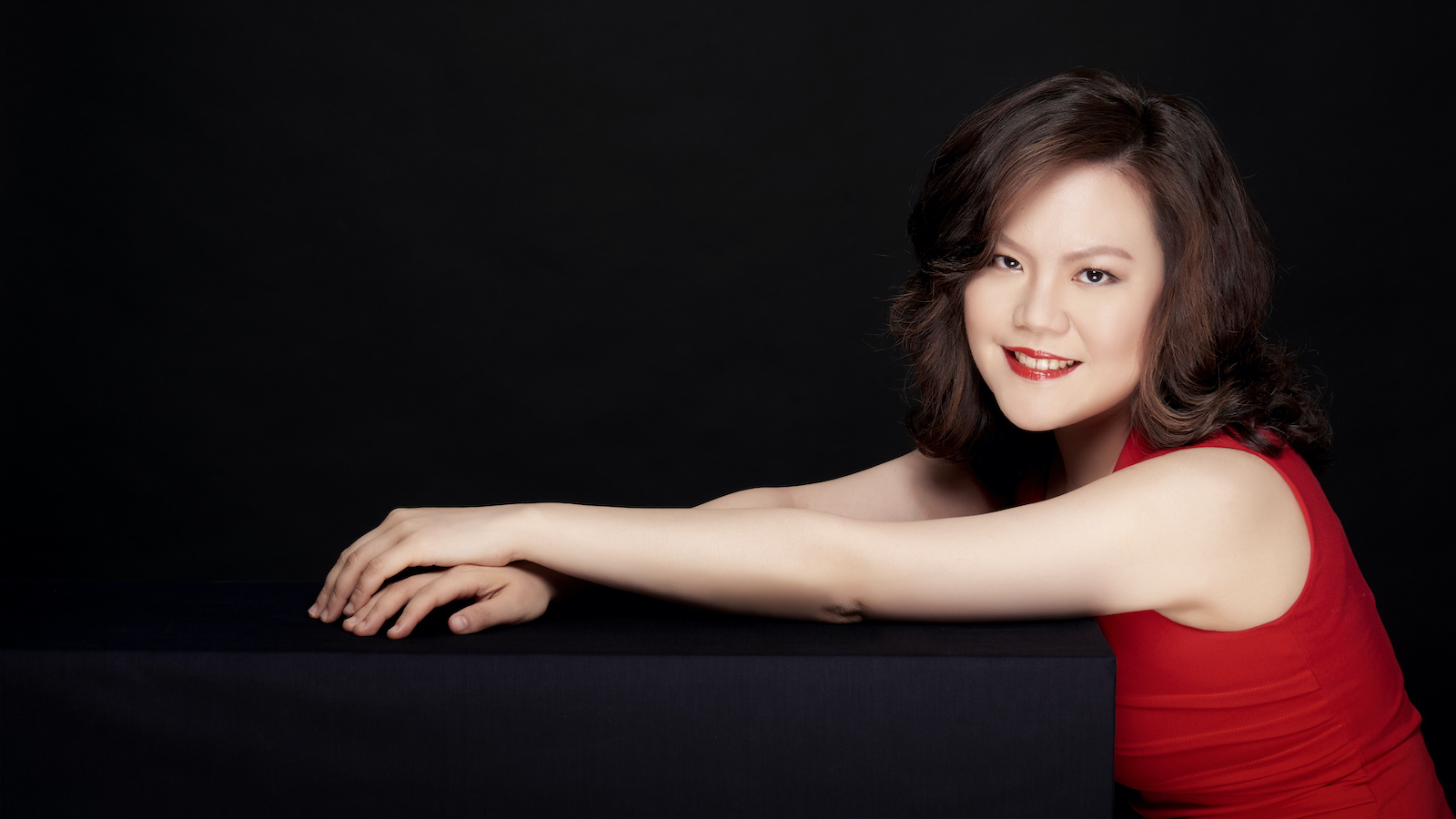Student Degree Recital: Tzu-Yi Chen D.M.A. Piano

Student Degree Recital: Tzu-Yi Chen D.M.A. Piano
The concepts of exile and return uniquely influenced the music of composer and pianist Franz Liszt. His geographic relocations paralleled the tension he felt between his Christian ideals and worldly temptation, while the destination of his return was essentially his Roman Catholic faith. Employing the traditional theme-and-variations form, the Bach-inspired variations Weinen Klagen Sorgen Sagen was written after the tragic death of Liszt’s daughter, Blandine, in 1862. Liszt uses Bach’s chromatically descending crying motives as the main theme in the left hand, developing it into 33 variations. After the fragmented, long recitative passages, the piece ends unexpectedly with the greatly contrasting Lutheran chorale. The fountains of the Villa d’Este was written in 1877 during the last phase of Liszt’s life. This piece is the forerunner of water music, a later impressionist type. In the center of the piece, Liszt quotes a verse taken from the Gospel of St. John which points directly to God’s salvation and His promises of eternal life. Liszt’s First Mephisto Waltz was written around 1858 during his Weimar period. At this time, he was particularly interested in writing symphonic poems and promoting Wagner’s operas. The waltz is inspired by Nicolaus Lenau’s Faust: ein Gedicht, specifically a satanic dance in the wedding scene featuring Mephistopheles’ hypnotic violin playing. In “The Blessing of God in Solitude,” Liszt quotes Alphonse de Lamartine’s 1830 poem expressing the poet’s wish of “becoming a new man.” Inspired by Liszt’s feelings for Princess Carolyne together with his spiritual longing, this composition was completed in Woronińce, the Princess’s countryside villa in 1848. Spanning nineteen years and inspired by Victor Hugo’s poem, “After a Reading of Dante: Fantasia quasi Sonata” took its final form and was published in 1858. It was first drafted at the height of his proud virtuosity in 1839. Opening with the forbidden tritone interval, diabolus in musica, this opening signifies the outset of his spiritual journey, reaching its divine fulfillment at the ending resolution to the perfect interval.
Recital Program:
1. Variations for piano on the motive from J. S. Bach’s cantata "Weeping, lamenting, worrying, fearing" and from the Crucifixus in Bach’s B-minor Mass, S. 180
2. Years of Pilgrimage “The third year,” S. 163, No. 4: “The fountains of the Villa d’Este”
3. First Mephisto Waltz, “The Dance in the Village,” Episode from Lenau’s “Faust,” S. 514
--- Intermission ---
4. Poetic and Religious Harmonies, S. 173, No. 3, “The Blessing of God in Solitude”
5. Years of Pilgrimage “The second year” S. 161, No. 7, “After a Reading of Dante: Fantasia quasi Sonata”
The livestream of this recital will be available for you to watch from home. Please do not come to the building. This performance is not open to a public audience.

